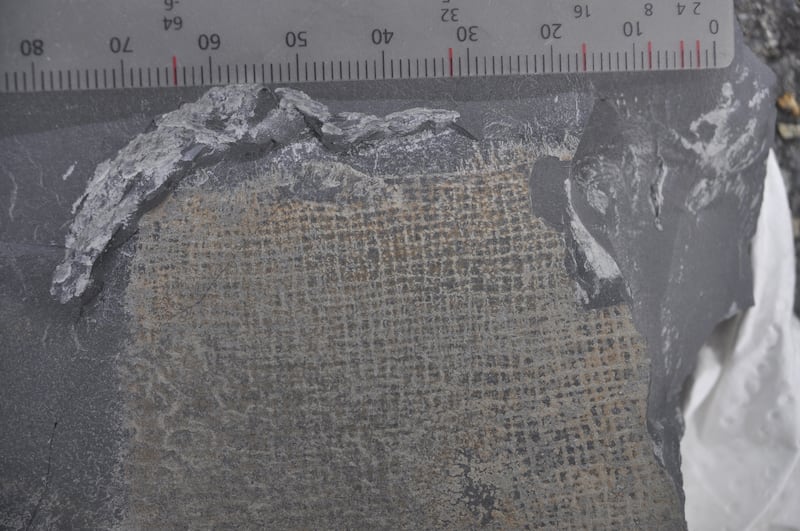A 315-million-year-old fossil sponge has been found near the Cliffs of Moher in Co Clare.
The find, which is an example of a previously unknown species of sponge, has remained in the rocks that make up the Cliffs of Moher since Clare was part of a land mass located close to the Equator.
The 315 million-year-old fossil sponge was discovered by Dr Eamon Doyle, geologist for the Burren and Cliffs of Moher Unesco Global Geopark.
The new species, which has been named Cyathophycus balori, is up to 50cm tall and is the largest known example of sponges anywhere in the world. Sponges are creatures without a nervous system or circulatory system. They are abundant and form an important part of biodiversity, filtering large volumes of water for microscopic organisms that they feed on.
Actor Armie Hammer resurfaces as host of celebrity podcast
Heart-stopping Halloween terror: 13 of cinema’s greatest jump scares
Doctor Odyssey’s core message: just imagine Pacey from Dawson’s Creek holding you tight and saying, ‘Shhh, it’s okay’
Conor Niland’s The Racket nominated for William Hill Sports Book of the Year
When it was alive, the vase-shaped sponge featured a circular opening at the top surrounded by a ring of eyelash-like structures. It would have resembled the modern-day Venus’s Flower Basket sponge, which is found the Pacific Ocean and often features in deep-sea wildlife documentaries.
The new species was named after the mythological Irish giant Balor, whose eye wreaked havoc on his enemies when opened.

Dr Doyle said: “This is an exceptionally large example of a family of fossil sponges that were previously only known from much older rocks elsewhere in the world. It is the first record of this family of fossil sponges from Ireland and its excellent preservation is highly unusual.
“The sponge was originally composed of a rectangular meshwork of tiny spicules made of silica, held together by a thin organic membrane. When they die, they usually fall apart quickly and often only scattered remains of the spicules are preserved as fossils, so I was delighted to find these largely intact specimens.”
The excellently preserved fossil dates back to a time when the Atlantic Ocean had not even started to form. What is now Co Clare was part of an earlier sea located near the equator, Dr Doyle said.
The new discovery has been published in the latest edition of international geological journal Geobios, with the collaboration of lead author and international fossil sponge expert Dr Joseph Botting and co-author Dr Lucy Muir, both honorary research fellows at National Museum Wales (Amgueddfa Cymru), who worked closely with Dr Doyle.
Dr Botting said: “I was amazed to see the size and excellent state of preservation of this fossil; this was totally unexpected. This find offers important insights into the evolution of sponges and how some species can survive in niche environments where few other species can live. Finding such large and intact specimens is exceptional.”
Dr Muir said the find was “wonderful” and “reminds us that there are still new and interesting fossils to be found which help us understand the story of life on earth”.
- Sign up for push alerts and have the best news, analysis and comment delivered directly to your phone
- Find The Irish Times on WhatsApp and stay up to date
- Our In The News podcast is now published daily – Find the latest episode here





